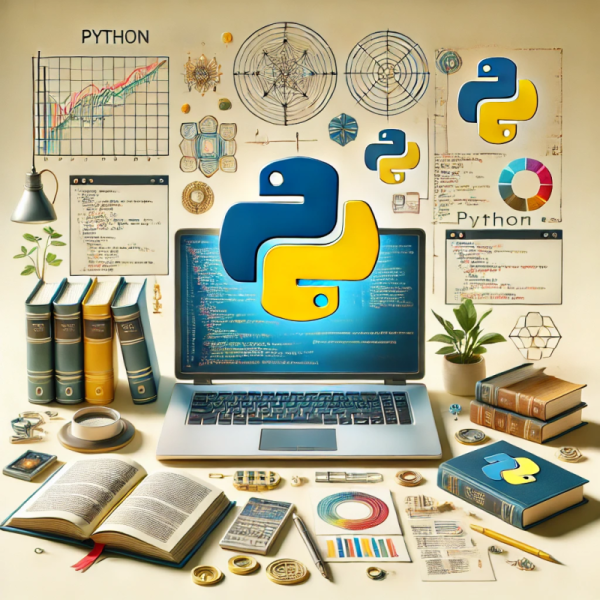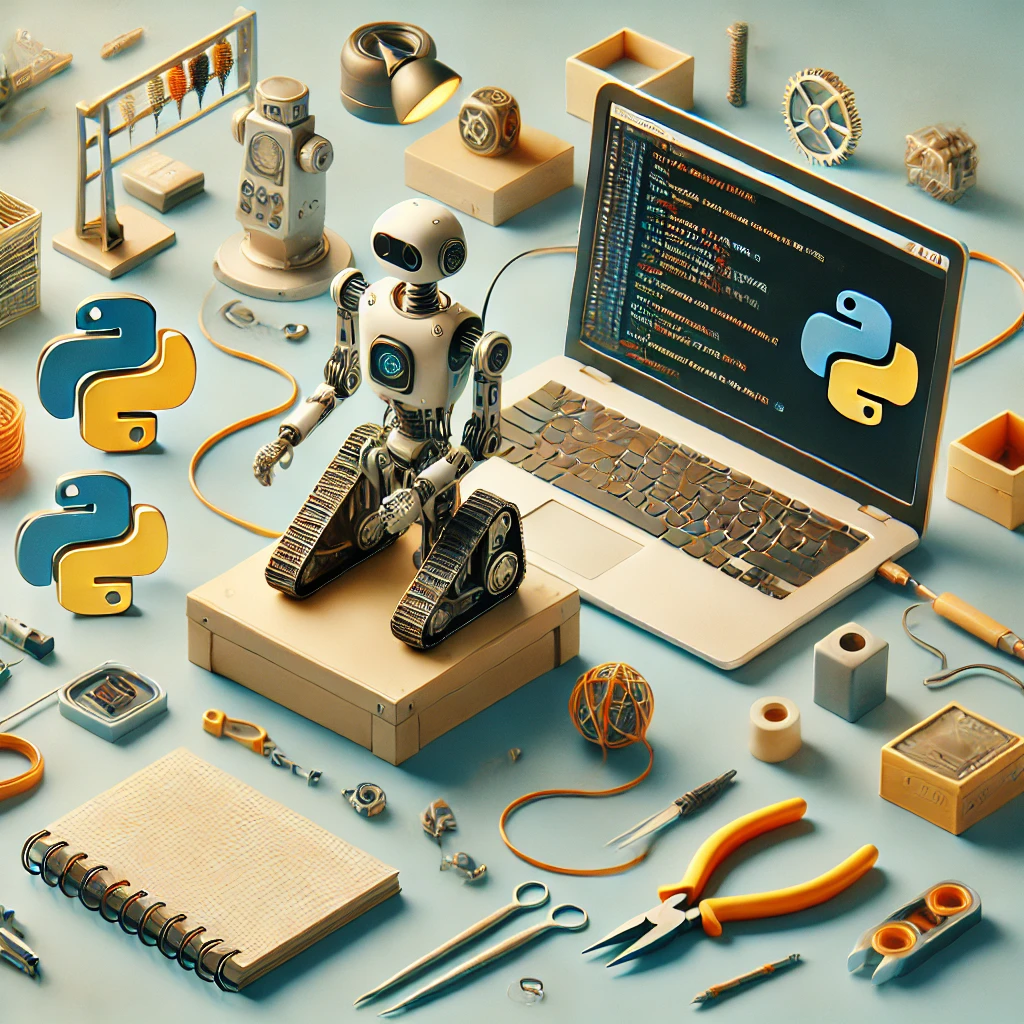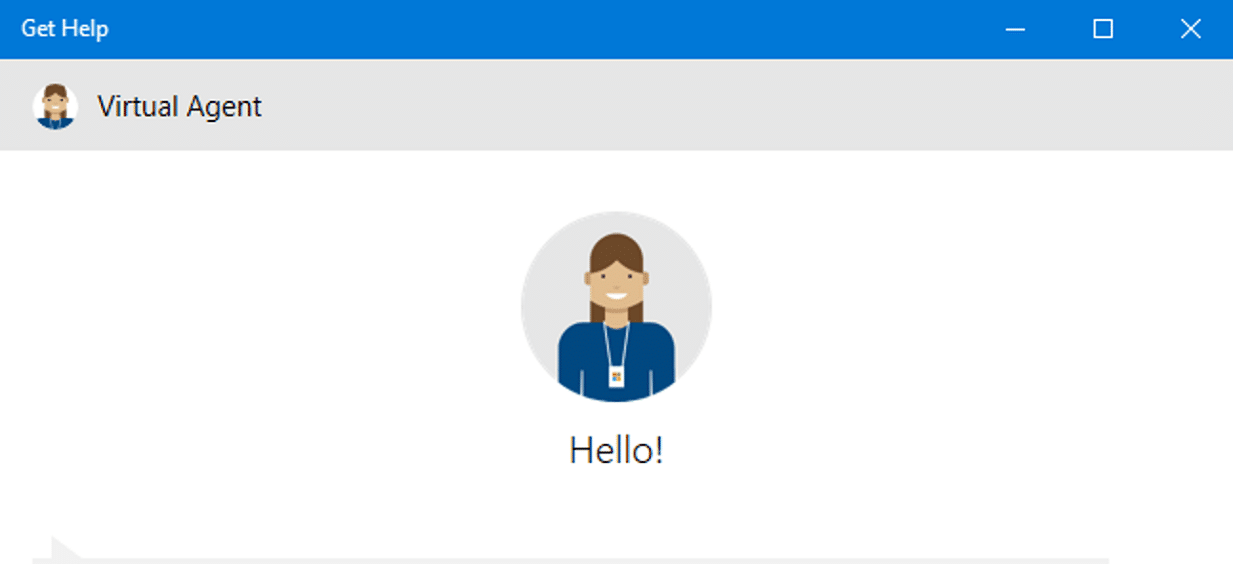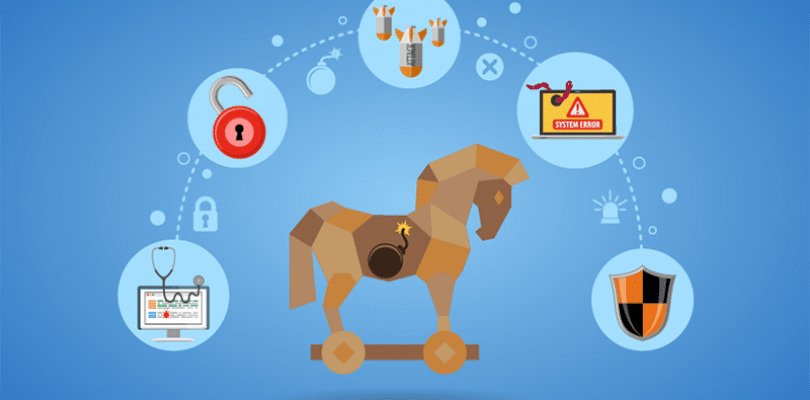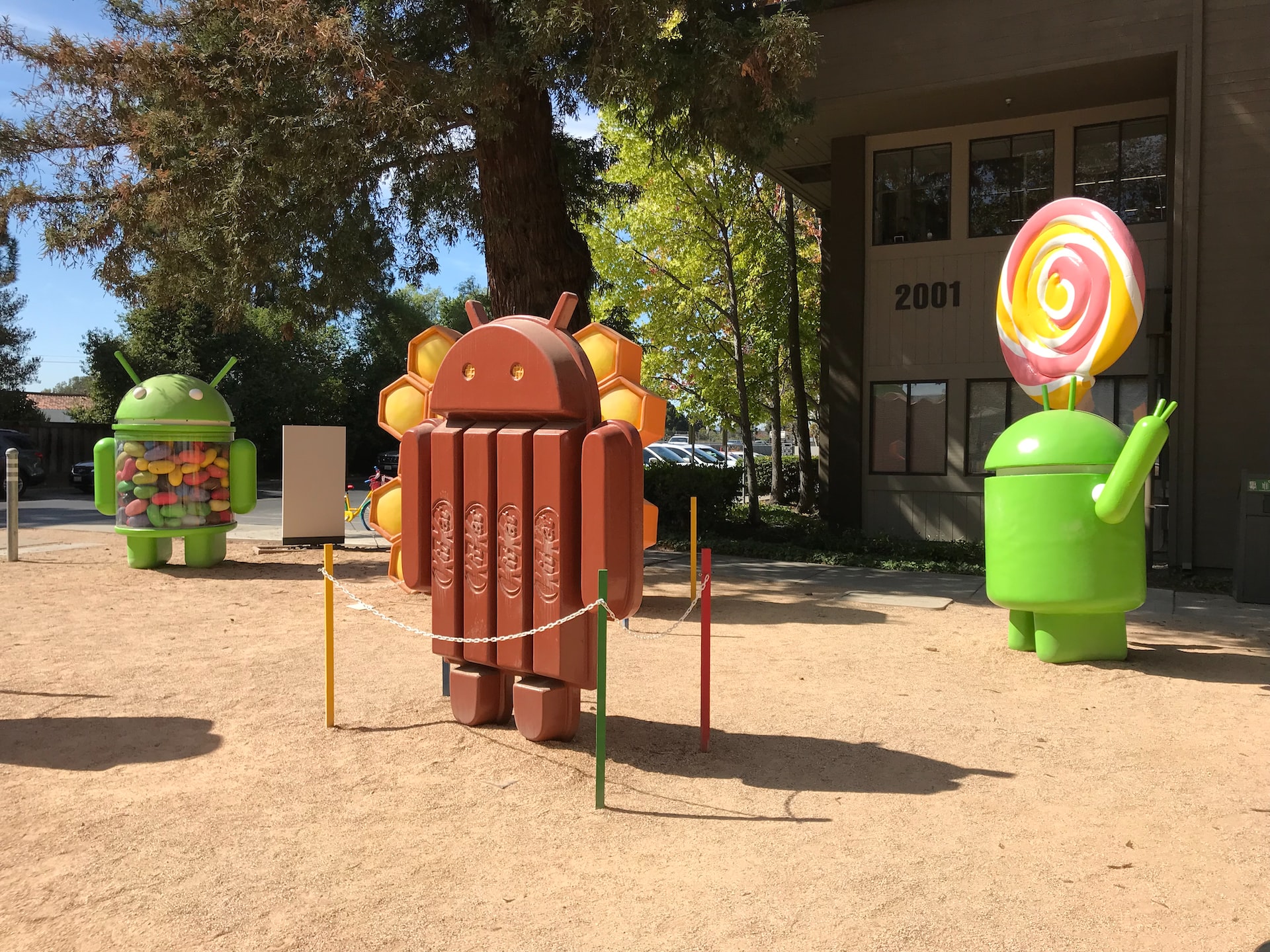Python is one of the world’s most popular general purpose programming languages.
Where is Python Used?
The Python programming language is suitable for both small and large projects. It is an interpreted programming language that is easier to learn than more difficult compiled languages, such as Java and C++. Python might not be as fast as an optimized C++ program, but it is a very beginner-friendly programming language since the user won’t have to deal with strange errors and warnings that are common in compiled languages.
At the Collegiate Level
Many university instructors believe that Python is the best first programming language to teach. Python has become the programming language of choice used in introductory computer science courses at the collegiate level. This holds true for both larger universities and small private, liberal arts colleges. Previously, there was no common standard, so you can see how Python has enhanced college-level computer science instruction.
Python and Human Readability
Code written in Python is very human readable. Unlike other languages that don’t care about whitespace, Python forces the user to indent the code properly. This feature alone improves readability of code compared to other languages that don’t force this standard.
How to Install it
The process of installing Python is relatively straightforward, and you can install it on any of the following depending on your system:
- Windows
- Mac OS X
- Linux (including popular flavors like Ubuntu and RedHat)
So Who Created Python?
Python was created by Guido van Rossum in the early 1990s. The original intention was to bridge the gap between the C programming language and the shell. At the time, many of the utilities that were typically written in the C programming language were taking too long to develop. Python developers can write code that has fewer lines than other programming languages.
Around the Business World
Python is a popular programming language at Google. Also, Python is the preferred language for data science and has overtaken R in that regard. R is more tailored for statistical analysis.
Not only is Python used for various business needs, but also Python has been used in game development to some extent. The add-ons that are part of the popular game Battlefield 2 are actually written in Python.
Python’s Ease of Use
It’s very easy to work with multiple file types using Python by directly importing the file whether it’s CSV, XML, or JSON.
Employability
Job seekers will enjoy having Python on their resumes. The median annual salary for Python developers is on par with Java developers! Python is used across multiple tech roles including Data Scientist, Software Engineer, and Web Developer.
Advantages
Because Python is a high-level programming language, lower-level tasks are easily addressed which frees up programmers’ time to focus on complex problem solving.
Libraries for the Win
A large number of libraries have been written for Python. Pretty much any need you might have, you’ll be able to find a corresponding library for it. This allows novice programmers to use existing libraries instead of implementing their own algorithms, which could be very inefficient.
Python is one of the easiest programming languages to read. Developers don’t have to get bogged down with hard-to-read or learn syntax. They don’t have to worry about nested parentheses and curly braces which is common in functional languages. They can focus on solving the problem at hand, increasing their productivity.
Compatibility
Python has cross-platform compatibility, which is good news for developers. Whatever Python code you write on one particular operating system will run on other operating systems without any unnecessary porting difficulties.
Python is Interesting Too
One interesting feature of Python is that variables are not strongly typed. There are really only two main rules to keep in mind when you’re creating variable names in Python.
The only acceptable components that variable names can contain in Python are:
- letters
- underscores
- numbers
Variable naming conventions vary for every programming language. The modern convention for variable names in Python is to underscore delimitation. For example, ‘my_variable_name’ would be an example of a proper variable naming convention. You might find some older Python code repositories that use ‘myVariableName’ as the naming convention. Python does not force the programmer to size the variables. Variables can store as little as a few bytes all the way up to gigabytes!
IDEs Abound
An IDE (integrated development environment) provides features such as debugging tools along with auto-fill capabilities. Two very popular IDEs for Python are PyCharm and Visual Studio. Fans of each swear by their top choice, but it all comes down to personal preference. Also, using an IDE is completely optional. There are many successful Python programs that choose to use a simple text editor to code like notepad or emacs.
Open Source
Python has a free and open source software license, it is the basis for multiple data analysis tools that are built on top of it. Pandas is one such example. It’s a Python library and is an excellent choice for many data analysis needs. However, if you are an Enterprise you may choose to purchase a support license.
Scientific Computing
Scientific computing is made accessible with NumPy, a Python library that enables programmers to work with arrays. The scientific capability that Python enables is also why it is so prevalent in college curriculums as mentioned above.
Python and Robots? Sort of.
Python is a popular choice for automation. You can use Python to automate both sending and receiving emails. All that is needed is your python code in plain text and a Python interpreter on the target machines.
Python has gained traction because of how easy it is to write. Also, proof of concepts can be easily captured. Oh, and fun fact, well-known BitTorrent was originally written in Python at least prior to the version 6.0 release!
If you already know other programming languages, learning Python should be relatively easy. If you’re brand new to programming, Python is a good first language to learn. It has a feel that is very similar to natural languages, which makes it a good choice for beginners or anyone who wants to quicky pick up a new programming language.
Python’s multitude of built-in functions make it easy for developers to write concise code. It’s surprising to skilled programmers who are new to Python that there a number of one-liners in Python that would take multiple lines of code in competing languages. Even people who typically don’t use Python in their everyday work such as accountants have been able to learn Python and use it for certain tasks.
Since Python is immensely popular worldwide, any problem that you encounter will most likely have a solution on various popular message boards, such as stackoverflow.com. In addition, Python has Its; own debugger where you can set breakpoints and allow you to walk through the code as it runs. So get coding!
I’m John Willis, a Software Engineer. I created the website ConvertFree.com entirely from scratch using Python. Based on my programming experience, it would have been impossible to build an online file conversion site without Python.
